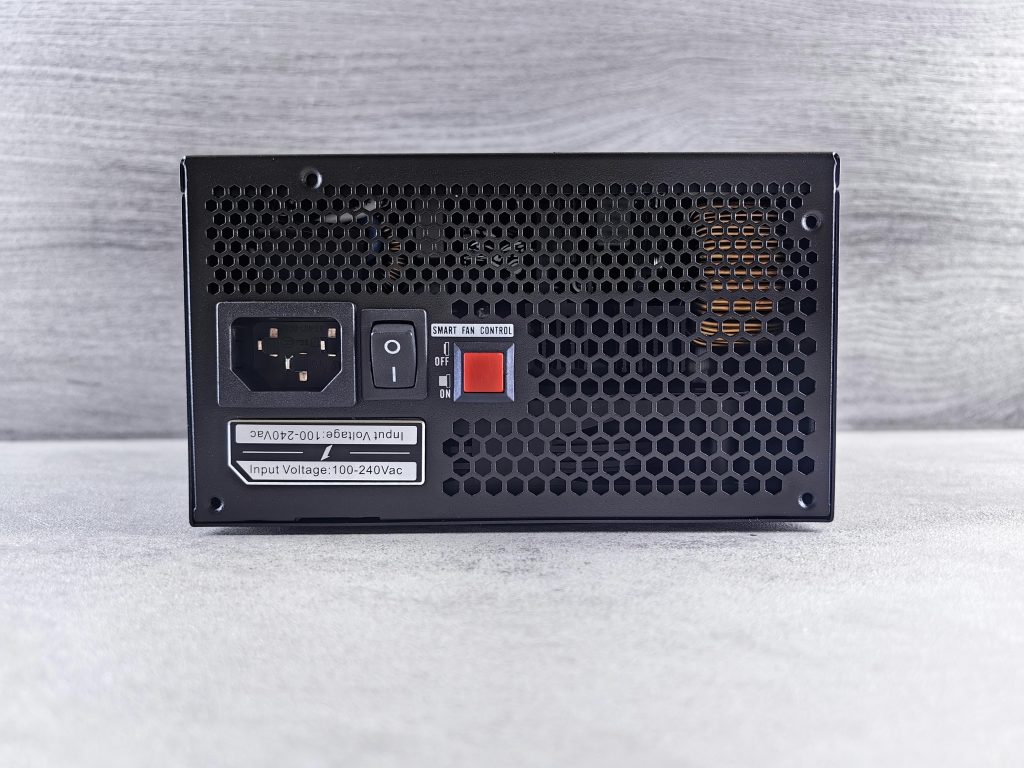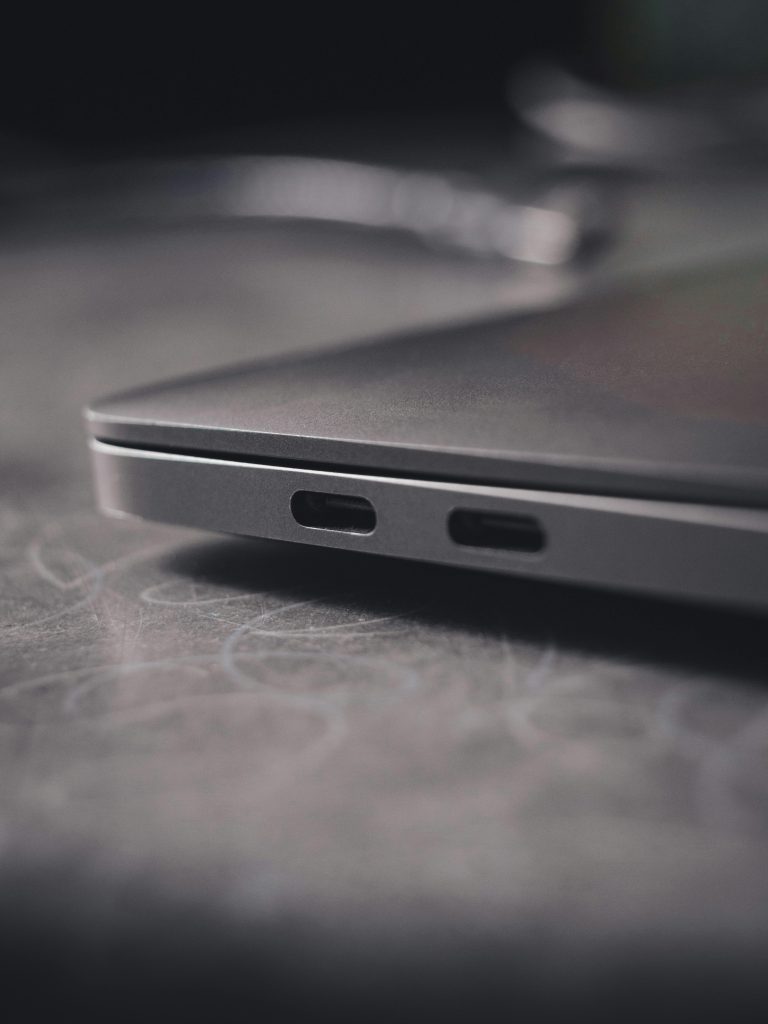Understanding Shared Video Memory: What It Is and How It Works
Upgrading your laptop’s performance can often be a straightforward process, but understanding the hardware components involved is crucial to making informed decisions. If you’re considering boosting your laptop’s RAM or graphics capabilities, especially in systems utilizing integrated graphics, having a clear understanding of how shared video memory functions can be highly beneficial.
Current System Specifications
Let’s take a look at an example configuration to better illustrate these concepts:
- Processor: Intel Core™ i3-1115G4 @ 3.00GHz
- System RAM: 12GB (comprising 4GB built-in plus an additional 8GB upgrade)
- Graphics: Intel UHD Graphics (integrated graphics solution)
This setup is capable of handling most everyday tasks and many games comfortably. However, some less optimized titles, such as PEAK, may run with lower performance, raising questions about potential upgrades.
What Is Shared Video Memory?
Integrated graphics, like the Intel UHD Graphics, do not have dedicated video memory (VRAM) like discrete graphics cards. Instead, they borrow memory from the main system RAM to handle graphics processing. This allocation is known as shared video memory, and it dynamically adjusts based on the needs of the application and the total RAM available.
How Does Shared Video RAM Work?
Shared video RAM functions as an extension of your system memory tailored for graphics operations. When a graphics-intensive task begins, the integrated GPU requests a portion of the system RAM to process textures, frame buffers, and other graphical data.
Key points to understand:
- Dynamic Allocation: The amount of RAM allocated to shared video memory can vary. The system typically manages this automatically, increasing allocation for demanding tasks and reducing it when less memory is needed.
- Performance Implications: Since shared memory reduces the amount of RAM available for general-purpose tasks, allocating more RAM to the GPU can improve graphics performance but may also slightly decrease available system memory for other applications.
- Upgrading RAM: Increasing total system RAM generally benefits overall performance and can indirectly improve graphics performance by providing more memory pool for shared video RAM to draw from.
Should You Upgrade Your RAM?
In your scenario, your system currently contains a total of 12GB of RAM. If you’re experiencing sluggish performance in games or graphics-heavy applications, increasing your total RAM may help. However, it’s crucial to note the following:
- Upgrading from 12GB to 20GB:
Share this content:


